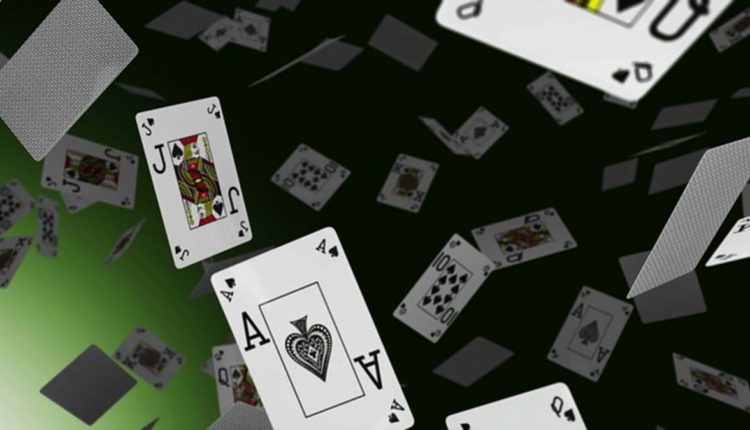Freecell is one of the most beloved solitaire card games. To win at Freecell, players must assemble four foundation piles systematically from Ace to King; each must contain cards with identical suits. Find the best Free Online Games.
Cards are arranged in alternating colors and descending order on a tableau, leaving four free cells that can temporarily hold single cards.
Rules
Freecell Solitaire is an increasingly popular variation of solitaire that can be played with any standard deck. Its rules are straightforward, making the game easily mastered through practice, competing head-to-head against other players, or participating in large tournaments. The first player to successfully capture all seven foundation piles wins the game; its name comes from four temporary storage cells above each Tableau used for temporarily holding cards before moving them back onto other banks; these “free cells” cannot contain more than one card at any one time in each column of these cells above their tableaus above them that temporarily hold stored cards before moving them back onto other foundation piles if necessary before their winning streak runs out.
This game aims to construct four foundations in ascending suit sequence from Ace to King. Any card in a column may only be moved if moving it would form an alternating color descending sequence; free cells may be used to hold individual cards or groups, although their capacity for moving cards increases with more added to them.
Variations
Freecell is one of the most acclaimed solitaire card games, requiring skill and strategy for victory. While most solitaire games rely solely on luck, Freecell requires players to build sequences of cards using empty cells during gameplay – this game was first invented by Paul Alfille in 1978.
Like Klondike, this game uses one standard deck and aims to transfer all cards from Tableau into four foundation piles arranged alphabetically from ace to King. There are eight columns of cards known as the Tableau, four slots for foundation piles in the upper left corner, and four empty free cells where cards may be moved during gameplay.
Policies vary between variants of a free cell but generally allow cards of the same suit or rank to be placed adjacently onto one another, such as an eight onto a nine. Other variants like Baker’s Game or Seahaven Towers allow cards of any suit to be played onto each other.
Strategy
Freecell Solitaire is a card game requiring skill and strategy, which is an excellent way to sharpen the mind and improve concentration while passing the time in an enjoyable, relaxing manner.
As part of this game, you must arrange cards in ascending order on four foundation piles that contain cards from all four suits – beginning with Ace and ending with King for each bank. In addition to these four piles, there are four empty spaces on your Tableau, known as free cells, which may each hold one card.
Preparing several moves ahead of time is advised for optimal play. Sometimes the apparent activity may not be optimal, especially regarding releasing Aces and Deuces (commonly referred to as Two’s). You should aim to uncover any Aces or Twos buried deep beneath other cards with higher rank – potentially freeing Aces or Deuces which might otherwise remain trapped under other higher-ranked cards – while at the same time trying not to move too many cards too quickly into home cells as these may come handy later for maneuvering lower cards of other suits – perhaps creating the possibility of freeing Aces/Deuces from being trapped beneath higher ranks cards of higher level – making your plan effective!
Time limit
Freecell Solitaire Time is a fun and engaging game requiring strategy, patience, and some luck to succeed. While other solitaire games like Klondike can often be won through luck alone, Freecell relies more heavily on skill. However, there may be instances in which inevitable shuffles cannot be won regularly.
When playing this version of Freecell, cards from one deck are dealt into eight piles known as the Tableau, including four free cells (to the left) and four foundation piles (on the right). Cards may be moved descendingly down from any of these locations to any foundation piles until only one card at a time can be placed into it.
The goal of this game: build four suit piles (foundations) from Ace to King by suit from A to K in ascending order, and when all of your cards have landed on those foundations, you win!
Read also: Understand the Importance of Online Casino Reviews
